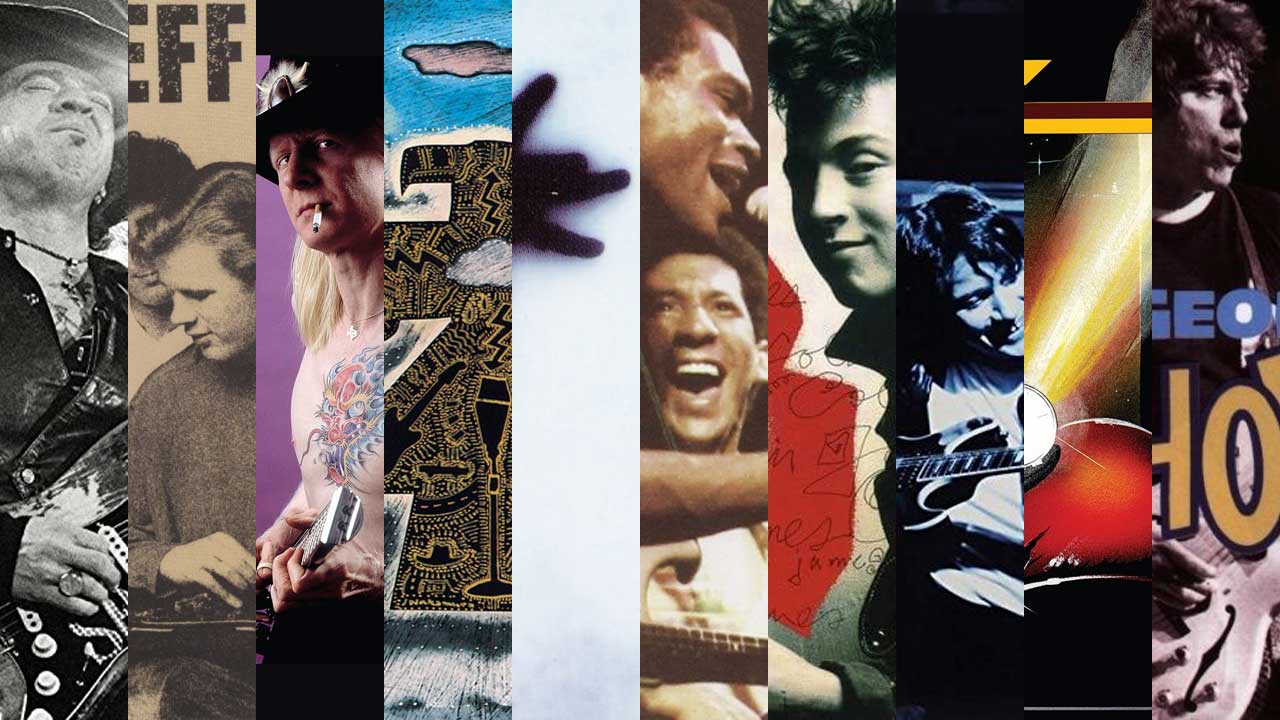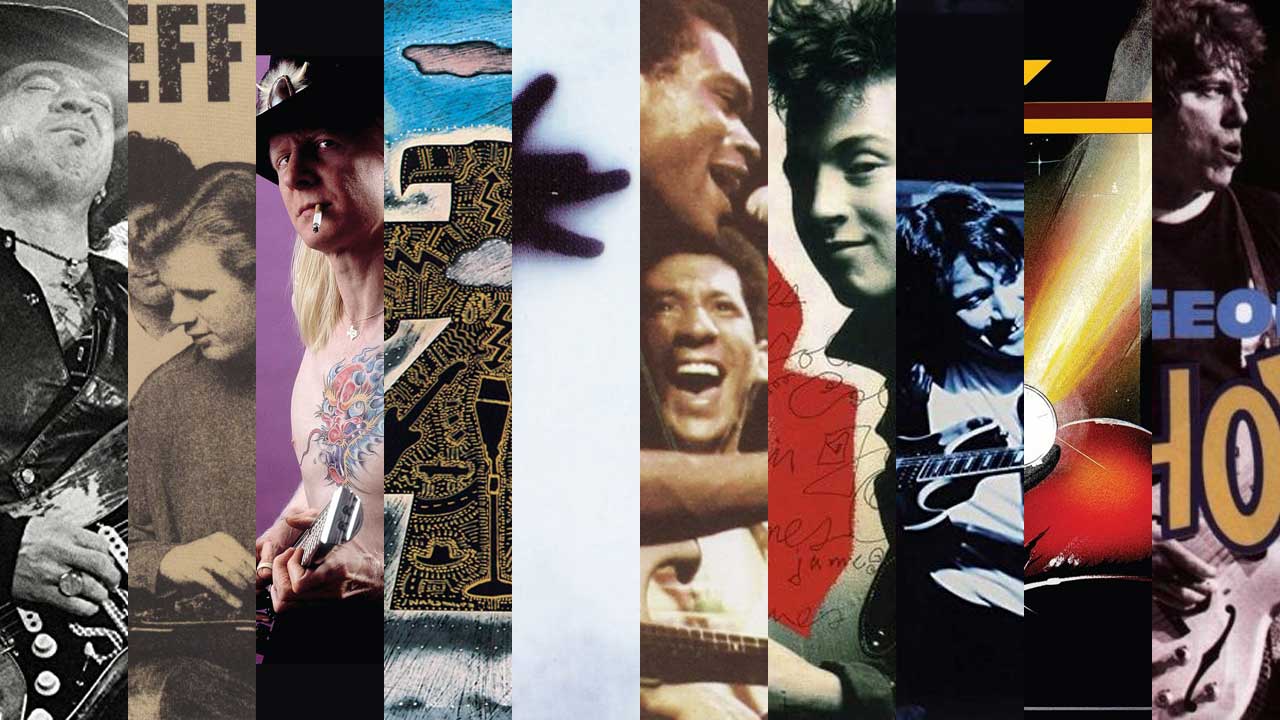
While the blues had been the essential touchstone of 60s rock, inspiring the major players from the Rolling Stones and Cream to Jimi Hendrix and early Led Zeppelin, it had steadily fallen from grace during the following decade. Prog, punk, disco and heavy metal successively took centre stage, and the rise of the synth signalled the demotion of the guitar.
But deep in the American heartland there was a revolution brewing, which would produce a barrage of new six-string heroes. Leading the charge in 1983 was a 29-year-old Texan who rewrote the blues rules with the power of Jimi Hendrix, the soul of Albert King and a sackful of further influences from Lonnie Mack to Kenny Burrell.
‘Discovered’ by Mick Jagger and Keith Richards in a Dallas club, Stevie Ray Vaughan transformed the genre, becoming a superstar following his 1983 album Texas Flood, the most impressive blues debut since Eric Clapton on John Mayall’s Bluesbreakers back in 1966.
The 80s also saw the blues mutate like never before. While Stevie Ray Vaughan drew in hard rockers and purists alike, Robert Cray took the blues to the masses, with 1986’s Strong Persuader becoming a million-selling success. And let’s not forget ZZ Top’s make-over from rednecks to cheeky, chart-friendly blues rockers.
Meanwhile, having dabbled in jazz fusion with The Yellowjackets, session ace Robben Ford brought a sophistication to the blues when he went back to his roots for his debut solo album. At the other extreme, George Thorogood supercharged a supply of Chuck Berry, Bo Diddley and John Lee Hooker standards with his searing slide-guitar style.
As the dust was settling, a blind Canadian upped the ante with an extraordinary two-handed style. Playing with his guitar on his lap, Jeff Healey saw out the decade with renditions of his heroes, while scoring mainstream success with his songwriting.
The new blues scene prompted John Lee Hooker to reinvent himself as the elder statesman of the blues. With Carlos Santana, Keith Richards and Bonnie Raitt among the stars guesting his album The Healer, the record became a blueprint for a string of celebrity blues collaborations in the following decade.
All that was missing was another British Blues Boom. Apart from the highlights on 1985’s Behind The Sun, Eric Clapton was largely overshadowed by the action on the other side of the Atlantic. At least until his performance at Live Aid sparked his revival and a welcome return to recording form with Journeyman.
Waiting in the wings was the next British Blues God, Gary Moore, preparing to ditch his heavy metal halo as the 90s dawned. But that’ll have to wait.


